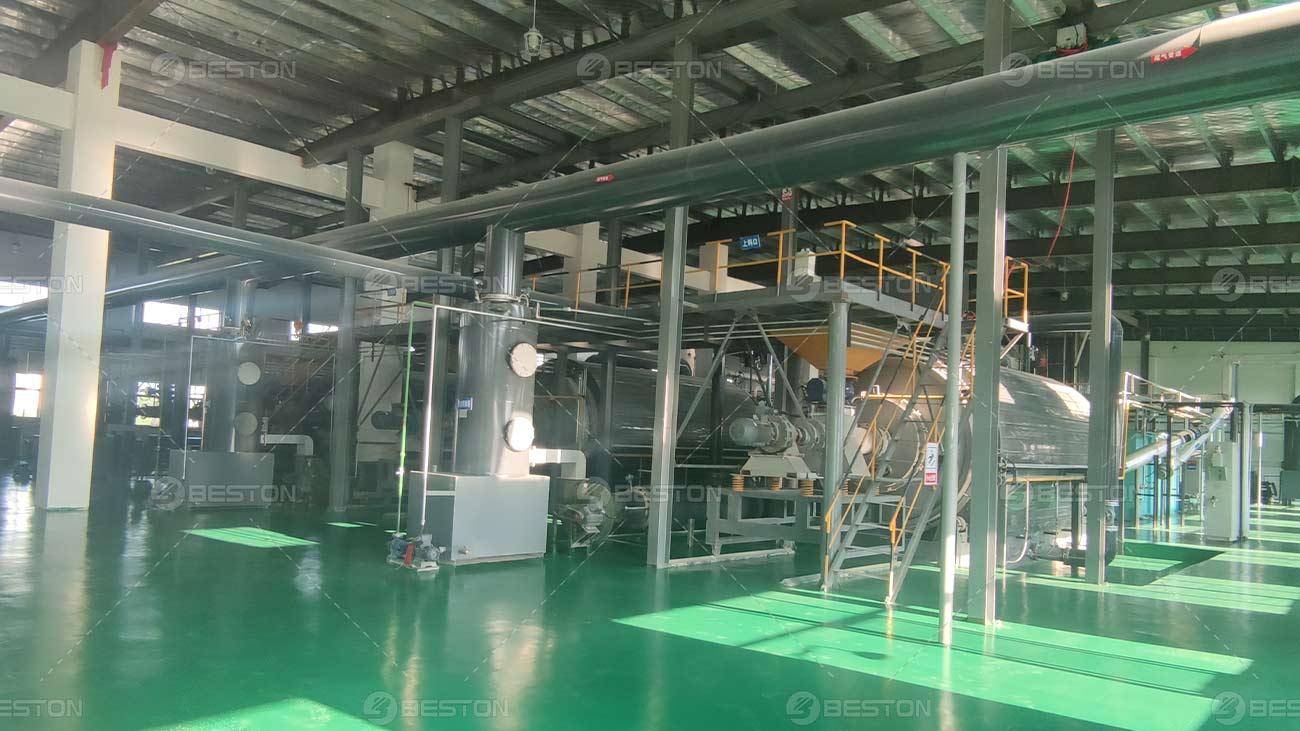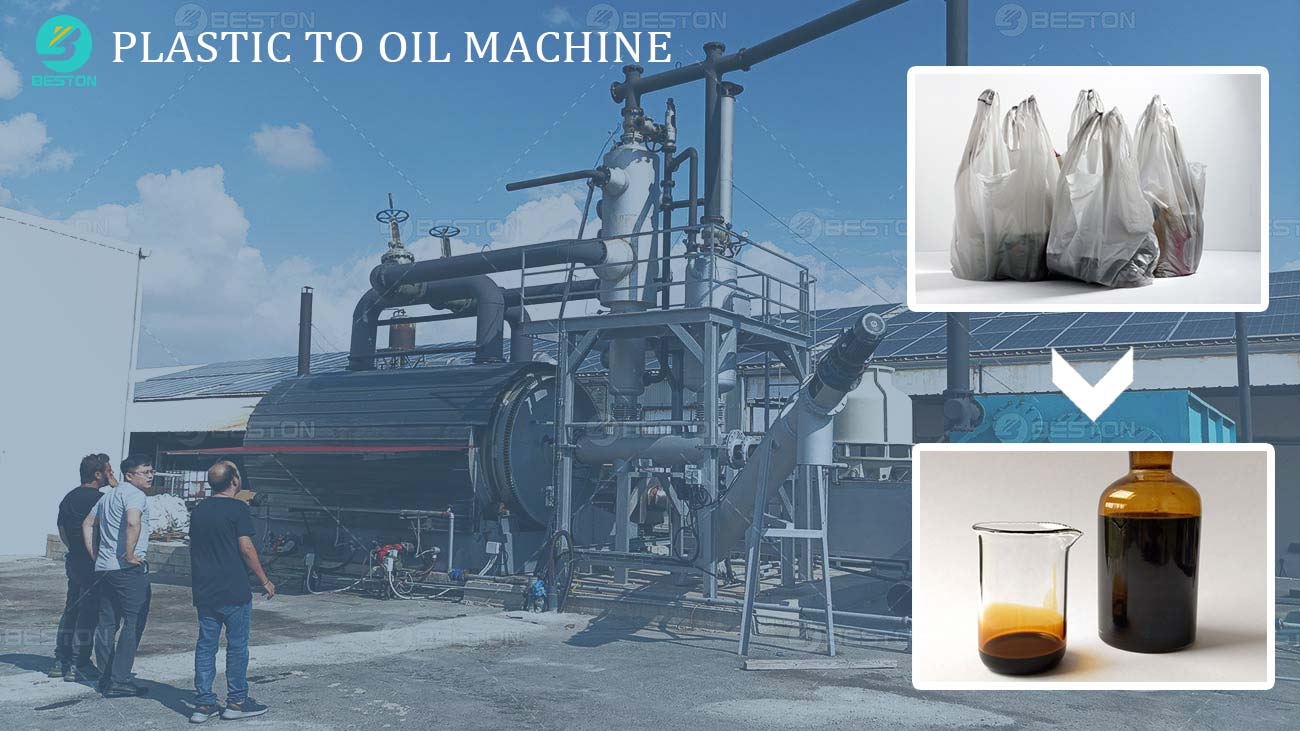In the relentless pursuit of sustainable solutions, pyrolysis plants stand as a beacon of innovation, offering a transformative approach to tackle the mounting challenge of plastic, oil sludge, and tyre waste. Through a meticulous blend of cutting-edge technology and chemical wizardry, pyrolysis unlocks the potential to convert these seemingly insurmountable waste streams into valuable resources, heralding a paradigm shift towards a circular economy.
Pyrolysis, a thermal decomposition process in the absence of oxygen, serves as the cornerstone of pyrolysis plants. This ingenious method capitalizes on high temperatures to break down complex organic materials such as plastics, oil sludge, and tyres into simpler compounds, notably liquid fuels, gases, and carbonaceous residues, all without generating harmful by-products.
The Reactor: Where Transformation Begins
At the heart of a pyrolysis plant lies the reactor, a meticulously engineered vessel designed to withstand extreme temperatures and pressures. Within this crucible, the magic of pyrolysis unfolds as the waste feedstock undergoes a transformative journey. As temperatures soar to several hundred degrees Celsius, the long polymer chains constituting plastics, oil sludge, and tyres begin to disintegrate, yielding a rich concoction of hydrocarbons.
The resulting vapors, laden with untapped potential, are swiftly whisked away into a series of condensers where they undergo rapid cooling, causing them to condense into a spectrum of valuable products. Liquid fractions, comprising light and heavy oils, can be harnessed as alternative fuels or feedstock for various industrial processes, offering a sustainable alternative to conventional fossil fuels.
Harnessing the Potential: Beyond Liquid Fuels
Simultaneously, gases emanating from the pyrolysis process, predominantly composed of methane, ethylene, and hydrogen, can be captured and utilized to fuel the pyrolysis plant itself, rendering the process self-sustaining and minimizing its environmental footprint.
Yet, the journey of waste through a oil sludge pyrolysis treatment plant does not end with the extraction of liquid fuels and gases. Residual solids, colloquially known as char or carbon black, emerge from the reactor, embodying the carbon skeleton of the original feedstock. While often overlooked, these carbonaceous remnants hold immense potential as additives in various industries, including construction, metallurgy, and agriculture, further enhancing the sustainability credentials of the pyrolysis process.

Empowering Communities: Decentralized Waste Management
Moreover, the versatility of plastic pyrolysis to oil plant extends beyond mere waste valorization. By offering a scalable and decentralized solution to waste management, pyrolysis empowers communities to take control of their waste streams, mitigating the environmental impact while simultaneously generating economic opportunities.
The modular design of pyrolysis plants allows for seamless integration into existing infrastructure, facilitating the decentralized processing of waste at its source. This not only reduces the logistical burden associated with waste transportation but also minimizes the carbon footprint incurred during transit, thereby contributing to a more sustainable future.

Catalyzing Efficiency: Advanced Pyrolysis Processes
Furthermore, the advent of advanced catalytic pyrolysis processes holds promise for further enhancing the efficiency and selectivity of waste conversion. By leveraging catalysts tailored to specific feedstocks, pyrolysis plants can fine-tune their operations, maximizing the yield of valuable products while minimizing energy consumption and emissions.
In essence, pyrolysis embodies the ethos of circularity, transforming waste into wealth while simultaneously mitigating the environmental repercussions of rampant consumption. By harnessing the power of thermal decomposition, pyrolysis plants pave the way for a greener, more sustainable future, where waste is no longer seen as a burden but rather as a valuable resource waiting to be unlocked. To learn more about pyrolysis, visit Beston Group.